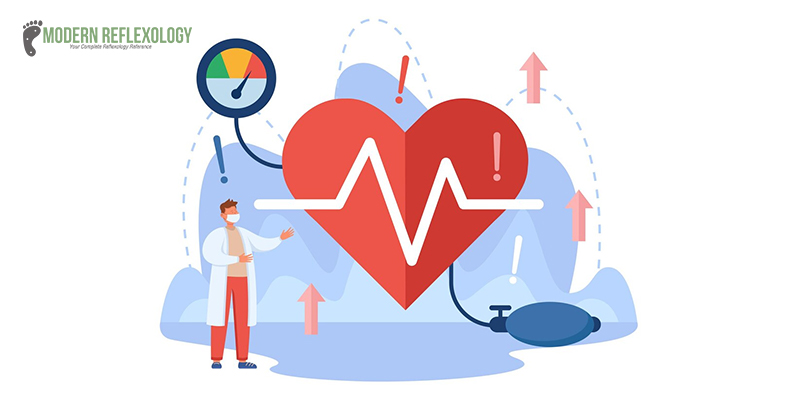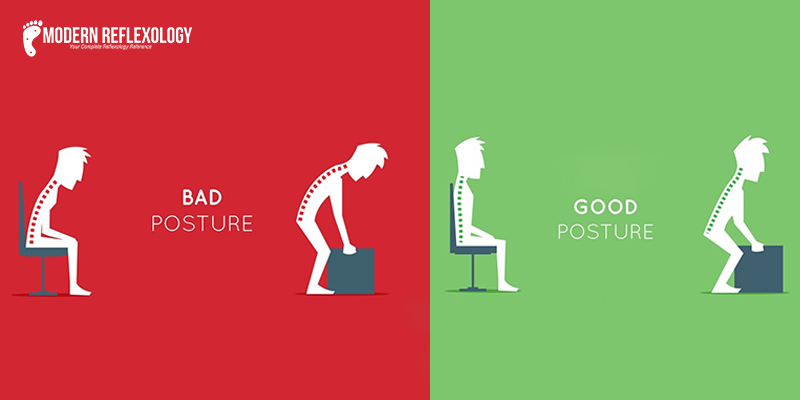Our bodies might suffer from stress and strain in this fast-paced environment. Deep tissue massage could be the solution you’ve been looking for if you often have aches, knots in your muscles, and an intense need for relaxation. This is not your average relaxing spa massage; rather, it is a focused, deep therapy that targets the underlying causes of chronic pain and tension. This thorough tutorial is intended to demystify the technique of deep tissue massage, regardless of your level of experience with bodywork.
What Is Deep Tissue Massage?
Deep tissue massage therapy goes beyond a Swedish massage that uses firmer pressure or deeper strokes. Intense pressure and slow strokes are used in deep tissue massages to work on the deep levels of muscle and fascia, the connective tissue that envelops your muscles.
Muscle adhesions, or the “knots” we experience in our muscles, are bands of painful, stiff muscle tissue that can be broken up and scar tissue broken up with deep tissue massages. These knots can impede our blood flow, resulting in discomfort and swelling. To warm up your muscles, your massage therapist would often apply lighter pressure, gradually working their way up to deeper pressure.
Stripping, which is deep pressure that moves along the length of your muscle fibers, and friction, which delivers pressure across the muscle’s grain to release adhesions and realign tissue fibers, are two typical techniques in deep tissue massage therapy.
Benefits Of Deep Tissue Massage
Deep tissue massages can benefit you physically and mentally. Any massage has many advantages for the recipient, making it a simple method to relieve stress and manage health problems.
1.Relieves stress

A deep tissue massage works wonders for relieving stress. Receiving a massage is an excellent method to disconnect and unwind for more time, regardless of whether you are stressed at work or at home. A massage can assist in boosting levels of the hormone oxytocin, which calms the body, has calming effects, and decreases cortisol levels. Additionally, it can aid in the relief of bodily signs of stress, including tense headaches and tense shoulders and muscles. Your body can benefit from a deep tissue massage by addressing these problems.
2.Reduces inflammation
The body’s natural reaction to damage or irritation is inflammation, which can cause pain, swelling, and other unpleasant sensations. One helpful technique for lowering inflammation and the symptoms it causes is deep tissue massage. The therapist may use intense pressure in the afflicted area during a deep tissue massage to reach the deeper muscle and connective tissue layers. This pressure breaks up inflammation-causing adhesions or “knots” in the muscle. The therapist may also employ trigger point therapy to target specific muscular trigger points or knots. The goal of trigger point therapy is to lessen localized discomfort and inflammation.
3.Reduces pain
There are numerous ailments that deep tissue massage treatment can address. Massage can be used to treat fibromyalgia, stiff necks, plantar fasciitis, and chronic lower back pain. Deep tissue massage can help reduce muscle tension associated with chronic pain by releasing the tight tissue clusters generating the pain. Studies have shown that deep tissue massage is typically more economical and successful than medication or other medical treatments in treating chronic pain.
4.Reduces the heart rate and blood pressure

Deep tissue massage releases tension and stress, improving systolic, diastolic, and arterial blood pressure. It may also enhance serotonin production, elevating mood and happiness.
5.Eliminates scar tissue and makes moment easier
People with scar tissue frequently complain of persistent discomfort and stiffness in certain regions. Deep tissue massages can help break up scar tissue by increasing the range of motion and flexibility in the affected area. They are frequently recommended to patients recovering from surgery to reduce scar tissue. Deep tissue massages enhance lymphatic drainage and circulation.
6.Reduces arthritis symptoms
Deep tissue massage therapy effectively treats various arthritic symptoms, including pain, stiffness, restricted joint range of motion, and disturbed sleep. People with arthritis may move around more efficiently by reducing discomfort and tension with moderate pressure. Additionally, by lowering pain that can keep people with arthritis awake at night, it can aid with sleep problems.
7.Assists in labor and delivery
During childbirth, deep tissue massage can assist women in managing their pain. Prenatal massages are a terrific method for pregnant women to soothe their tense muscles and relax, even before labor begins. Increases in cortisol also lessen women’s leg and back pain, anxiety, and sadness. According to various studies, women who had massages regularly reported less discomfort before, during, and after labor than those who did not, and their labors also appeared to be shorter.
8.Improves posture

Good posture is essential for our health and well-being, and deep tissue massage can help maintain optimal alignment and reduce pain and discomfort caused by bad posture. Deep tissue massage also corrects muscular imbalances and underlying stress in the body, which helps with posture. It produces endorphins, eases tense muscles, increases joint flexibility through circulation, and lessens tension and stress. These advantages result in enhanced bodily coordination, balance, and posture.
9.Reduces headache
Common headaches can be excruciating and uncomfortable. Fortunately, deep tissue massage has the potential to be a valuable tool for relieving and reducing headache pain. Deep tissue massage is effective in easing tension in the head, neck, and shoulder muscles and tissues—the region most frequently linked to headaches. Headaches can be reduced by using massage techniques to these specific locations, which alleviate muscle tension and pressure. Deep tissue massage can assist in boosting circulation in the head and neck and reduce muscle stress. This allows for delivering more excellent oxygen and nutrients to the tissues, which may aid in reducing inflammation and accelerating recovery.
Difference Between Swedish And Deep Tissue Massage
According to experts, there are some similarities between Swedish and deep tissue massage techniques, but the primary distinctions are in the perceived intensity and depth of pressure used. Swedish massage focuses primarily on encouraging improved blood flow through the muscles and fascia. Deep fascia and muscle knots are the primary targets of deep tissue treatments. A deep tissue session can assist if you are experiencing pain or tightness from an old injury or strained muscle. It relieves general tension brought on by awkward posture or an uncomfortable workspace. Deep tissue massage side effects are close to none, hence, making it a viable treatment option for most people.
Final Words
A deep tissue massage’s primary objectives are to relieve tense and painful areas and knots and adhesions in the underlying fascia and muscle. To find out if it’s right for you, it’s recommended to try a few sessions. Deep tissue work doesn’t have to hurt so badly to be effective. You have the option to ask to have just specific regions focused on and request less intensity or pressure. Back pain and sports injuries are just two of the problems that deep tissue massage can effectively address. In addition to reducing stress, therapeutic massage can benefit those with fibromyalgia and high blood pressure. Body relaxation and stress reduction are achieved by deep tissue massage. However, because of the pressure on the deep muscular areas, it could feel painful at first.

Comments are closed